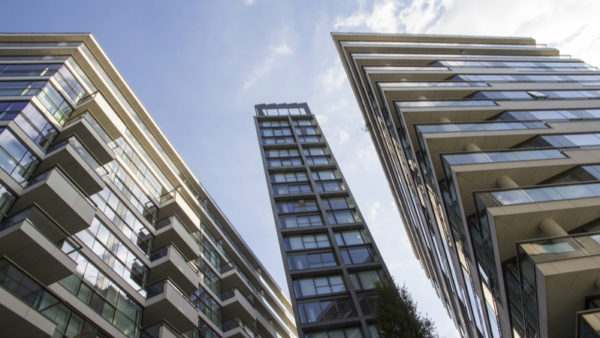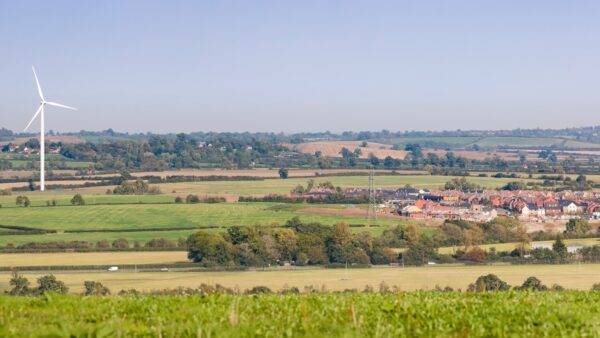
In this month’s contract clinic, a contractor is worried about the implications of not meeting the new biodiversity net gain regulations in its new project. Amelia Ku-Neale looks into it.
The question:
We’re building a 0.5ha housing project on a brownfield site with no vegetation near York. The planning requirements appear to suggest that we must have 10% greater biodiversity after we complete than before. Is this compulsory and what are the legal implications if we don’t or can’t comply?
The answer:
With wildlife habitats at risk and a plan to build 1.5 million new homes, there is a recognised need for biodiversity net gain (BNG).
BNG became a mandatory planning condition in February 2024 and is embedded into UK legislation through the Environment Act 2021. This applies to all new small and major developments with few exemptions. Projects must deliver a 10% net gain in biodiversity compared to pre-development conditions.
Without clear rules, voluntary changes would be slow and inconsistent. This, in turn, would hinder progress on long-term climate resilience. The legislation aims to address this.
Strategies to achieve BNG include innovations such as habitat creation, green roofs and walls, urban greening, sustainable drainage systems (SuDS) and species-specific protection.
BNG technicalities
The BNG process starts after the local planning authority (LPA) approves the planning application.
Contractors and developers must use the Department for Environment, Food and Rural Affairs’ official biodiversity metric calculation tool – which can be found at www.gov.uk
– to demonstrate the calculation of the number of ‘biodiversity units’ for existing habitat or habitat enhancements following the statutory biodiversity metric.
Eligible small developments can use a simpler version of the metric tool, called the small sites metric. The calculation determines how many units the pre-development site has, and how many units are needed to achieve a 10% net gain. The BNG plan, along with the calculated units, are then submitted back to the LPA.
After project completion, habitat enhancement must be maintained for at least 30 years. Common tools used to ensure this are section 106 agreements or conservation covenants.
Developers may face penalties for non-compliance or extra costs for remediation if they cannot reach the 10% target, which can be achieved either on site or off site. As a last resort, biodiversity credits can be bought to fund biodiversity across England. 2022 figures from law firm Kennedys show that credits are sold for between £25,000 to £50,000.
The project
North Yorkshire Council requires BNG delivery where a competent person carries out the assessment using the statutory biodiversity metric tool under UK legislation.
The project will be built on brownfield land, which is generally still arable enough to support biodiversity and have onsite gains. There may be a higher upfront cost, as brownfield land often requires soil remediation, but achieving 10% BNG is more attainable as the land has a lower original ecological value.
Onsite strategies might include:
- providing an aquatic habitat by installing a small pond, doubling as SuDS;
- urban greening by planting trees and shrubbery – further, planting species capable of phytoremediation to extract common heavy metals (lead and arsenic) found in brownfield land improves soil quality and allows plant and animal species to thrive; and
- installing bird and bat boxes, as well as hedgehog highways.
Implications of non-compliance
The implications of non-compliance include penalties, delays and possible rejection of planning approval. Currently, however, the consensus – including the view of the National Audit Office – is that there is a lack of clarity and guidance from the government on how to manage BNG.
Councils have limited enforcement options. And, as the legislation was only introduced earlier this year, there have been few, if any, examples of BNG enforcement.
In the meantime, it is important to exercise due diligence on contract changes and restructuring to remove uncertainties regarding responsibility for ensuring BNG is achieved.
In terms of the contract: if you contracted before the law changed, check contract documents for their references to changes in law and who bears that risk. Typically, such events may be covered and might attract compensation of some kind. However, much will depend on what’s written in your contract.
If you contracted after the law came in, then check your contract in relation to statutory requirements and references to BNG. If unsure, get help from a qualified legal professional.
Although it may sound onerous, a net gain of 10% should be entirely achievable in a brownfield site. With careful thought, it should be built into the project budget and planning.
If done well, BNG fits neatly alongside other UK environmental policies and goals. Provided there’s a robust regulatory infrastructure, it should ensure a holistic approach to land management.
Amelia Ku-Neale is an environmental consultant at DeSimone.











